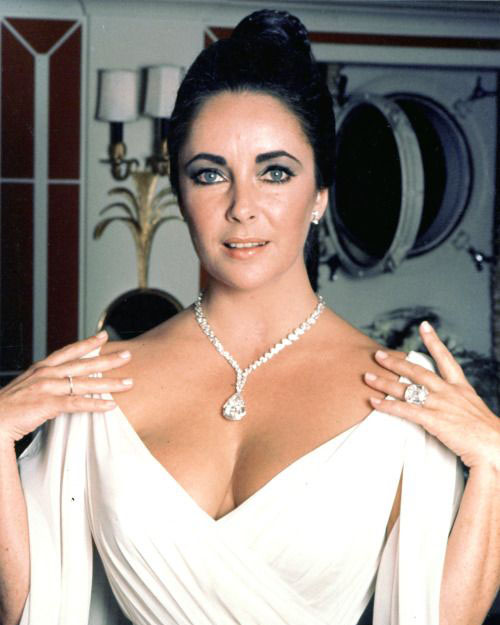Jewels have always held a pivotal place in society as monikers of history, culture and tradition. Many gemstones and iconic pieces of jewellery have infamous pasts that give historians and suitors alike a glimpse at what the world was like many moons ago.
Some have been stolen from conquered lands from ancient times, while others were purchased as gifts by the rich and famous. The world remains mesmerised by the legend and notoriety of many of these jewels’ rich beginnings.
From diamonds worn by Hollywood A-listers to baubles that have graced the crowns of royalty, take a look at some of the most well-known sparkling stones.
The Koh-I-Noor Diamond
The Koh-i-Noor is one of the largest cut diamonds in the world, weighing a colossal 105.6 carats. Owned by a string of sultans, warlords, and monarchs, the rock wound up in the English Crown Jewels collection after the British conquered Punjab. The 105-carat jewel is now kept in the Tower of London and sits atop the 1937 coronation crown of Queen Elizabeth.
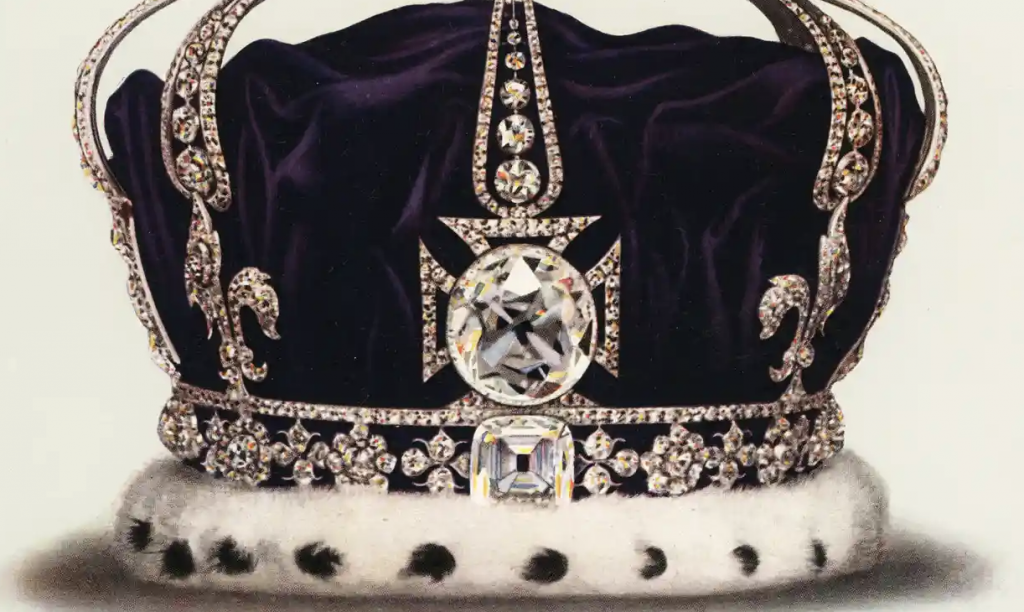
Napoleon Diamond Necklace
Emperor Napoleon gifted the diamond necklace to his second wife, Marie-Louise, to celebrate the birth of their son. The original necklace featured 234 diamonds — 28 old mine-cut diamonds, a fringe of nine pendeloques, and ten briolettes. Today, the Napoleon Diamond Necklace is on view at the National Museum of Natural History.
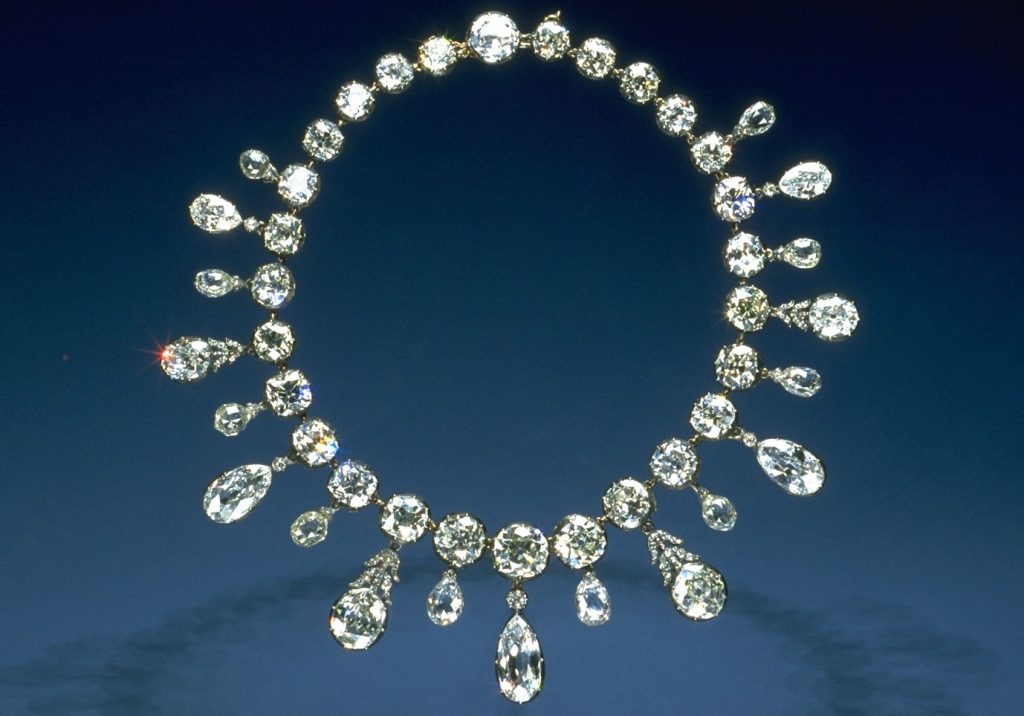
La Peregrina
Originally found off the coast of Panama in the mid-16th century, the teardrop-shaped La Peregrina passed by a succession of European kings and queens (Queen Mary included) and eventually wound up with an American royal, Elizabeth Taylor, in 1969.

The Dresden Green
The Dresden Green Diamond is the largest natural green diamond in the world, weighing a whopping 41 carats. Believed to be excavated in the Golconda region of India, the diamond’s history dates back to the early 18th century when it was bought by Friedrich Augustus I of Saxony for 400,000 thalers. The diamond is now on display at Dresden Castle in Germany.
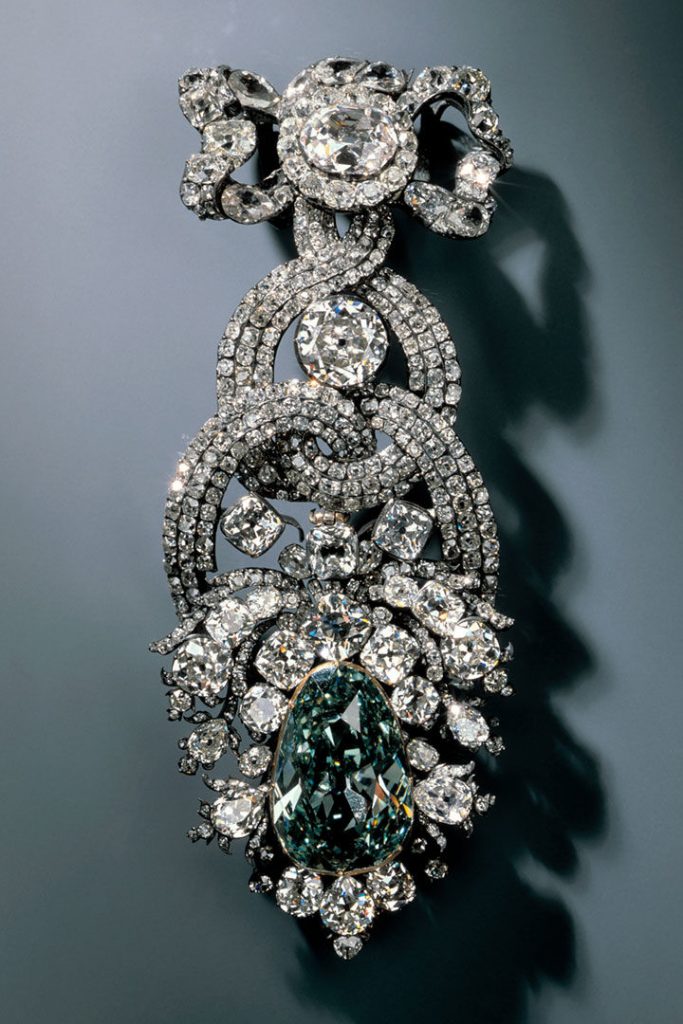
The Hope Diamond
Possibly one of the most well-known diamonds in the world, the Hope Diamond has a long and cursed history. Weighing in at 45.52 carats, it’s said to have originated from the Kollur Mine in India and was first owned by King Louis XIV of France in 1668 before it disappeared and later reemerged in London in 1812. The rock was donated to the Smithsonian in 1958.
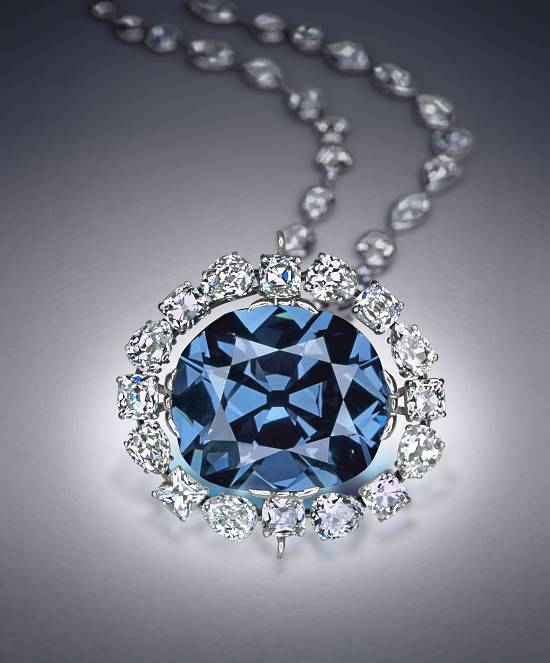
The Hutton-Mdivani Jadeite Necklace
Now owned by Cartier, this renowned piece of jadeite jewellery has an impressive provenance in royalty. Its previous owner, an American socialite and heiress Barbara Hutton was given the necklace by her father as a wedding gift for her marriage to a prince in 1933. The necklace was designed explicitly for Hutton and remained in the family for five decades.

The Pink Star
At 59.60 carats, the beautiful pink oval-cut diamond is the world’s most expensive jewel sold at auction and the largest flawless, vivid pink diamond that the Gemological Institute of America (GIA) has ever graded. This strawberry-coloured jewel is prized for its size, clarity, and intensity of colour.
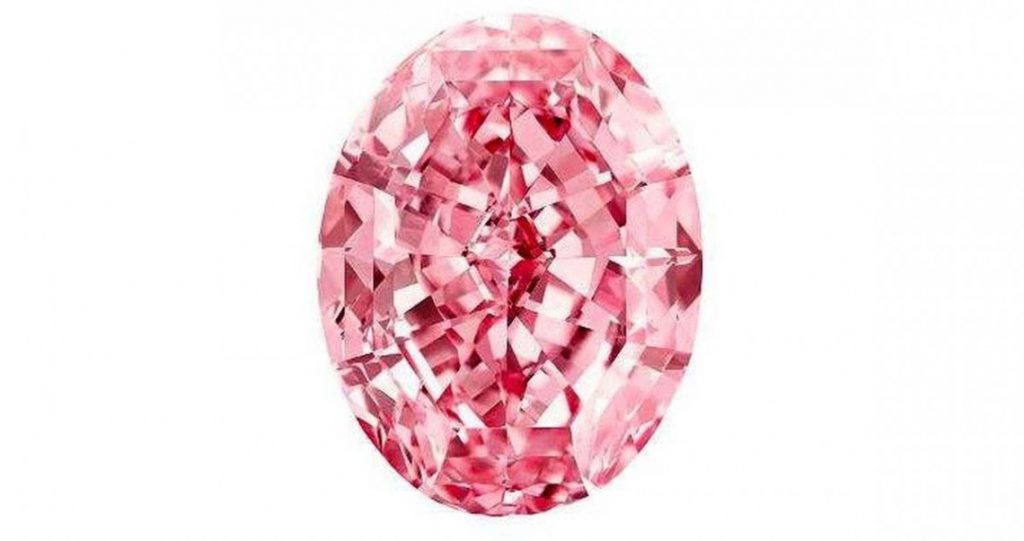
The Tiffany Diamond
Tiffany & Co.’s beloved 128-carat yellow diamond was found in South Africa in 1877. It embellished Audrey Hepburn’s neck while she was doing press for Breakfast at Tiffany’s, and today, it’s on permanent display in Tiffany’s Fifth Avenue store. The famed yellow Tiffany Diamond is synonymous with the house and has become a symbol of Tiffany & Co.’s enduring grandeur.
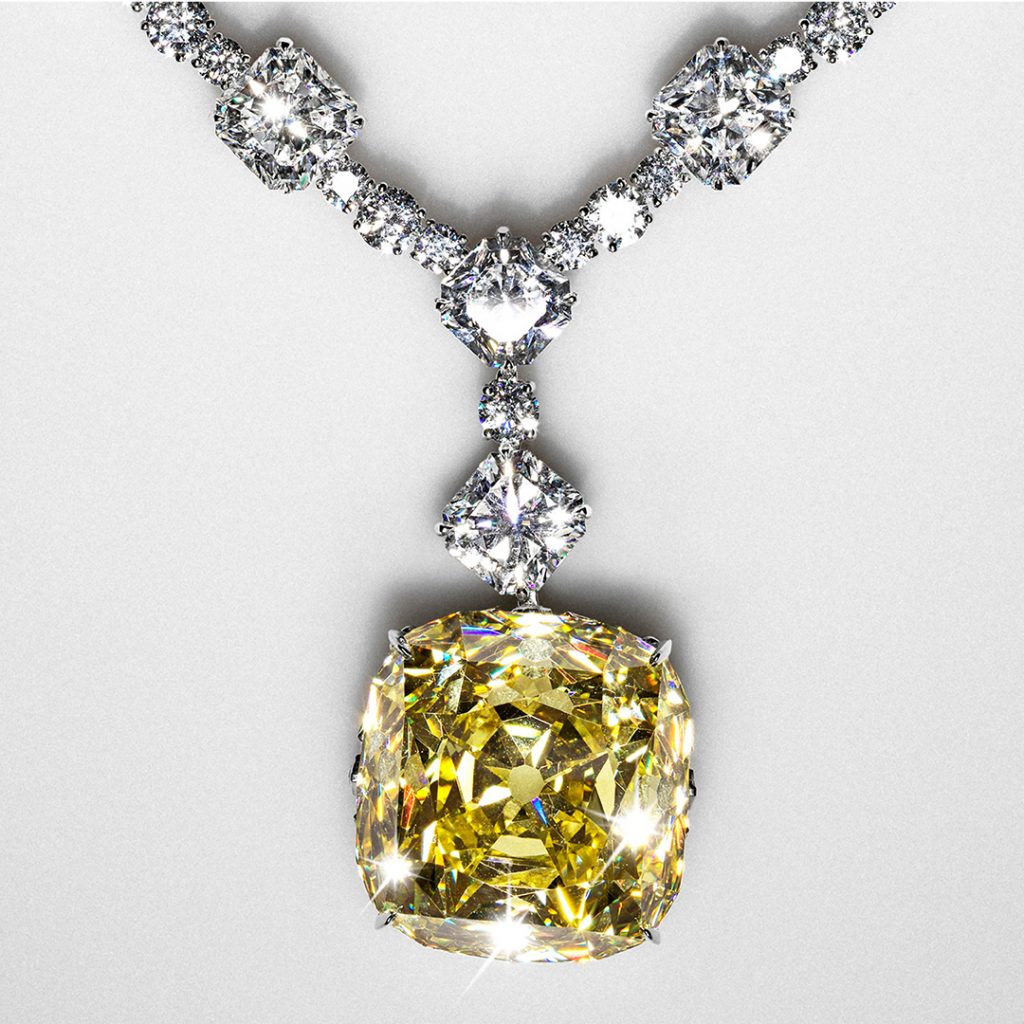
Queen Marie Antoinette’s Pearl
Not just any pearl, it belonged to the ill-fated French Queen Marie Antoinette and was part of a jewellery collection sold by Italy’s royal Bourbon-Parma house. The 18th-century pearl and diamond pendant is believed to have been among the jewels stowed away in 1791 as the King and Queen scheduled to flee from the armed revolutionaries surrounding them. The gems were given to Marie Antoinette’s only surviving child, Marie-Thérèse de France, who endowed the present part of the collection to her niece, the Duchess of Parma.

Cartier Panther Bracelet
Owned by the Duke and Duchess of Windsor, the Cartier designed onyx and diamond panther bracelet features pave-set brilliant and single-cut diamonds, calibre-cut onyx, with eyes each set with a marquise-shaped emerald. It was commissioned by the Duke and Duchess and individually designed by Jeanne Toussaint, Cartier’s designer.
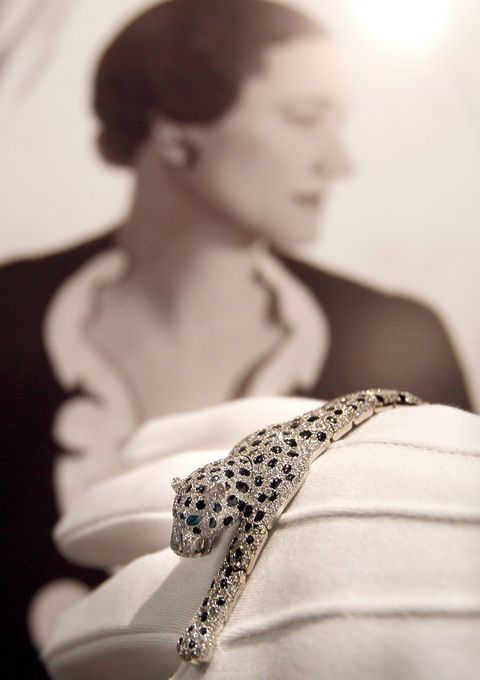
The Star of Asia
Thought to be one of the crown jewels of India’s Maharajah of Jodhpur, the Star of Asia originates from the ancient Mogok mines of Burma. The blue-violet star sapphire has a six-rayed star at the centre of the perfectly-cut stone. Coming in at 330 carats, it’s considered one of the world’s finest star sapphires. The Star of Asia is displayed at the Smithsonian National Museum of Natural History.
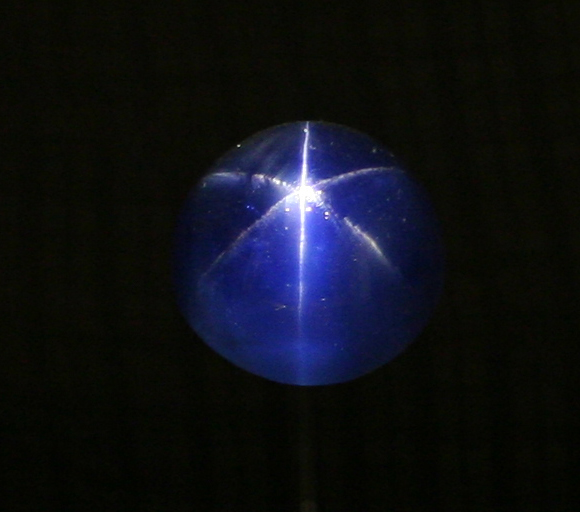
The Marie Louise Diadem
Napoleon gave this striking Diadem to his second wife, the Empress Marie-Louise, as a wedding gift — there was also a comb, a necklace, and earrings. Commissioned in 1810, it was initially set with 79 emeralds, which were replaced in the mid-1950s with turquoise. It left France with the empress when her husband’s empire collapsed and remained with her family until 1953 until a descendent sold it to Van Cleef & Arpels. It is currently in the collection of the Smithsonian Museum in Washington, D.C.
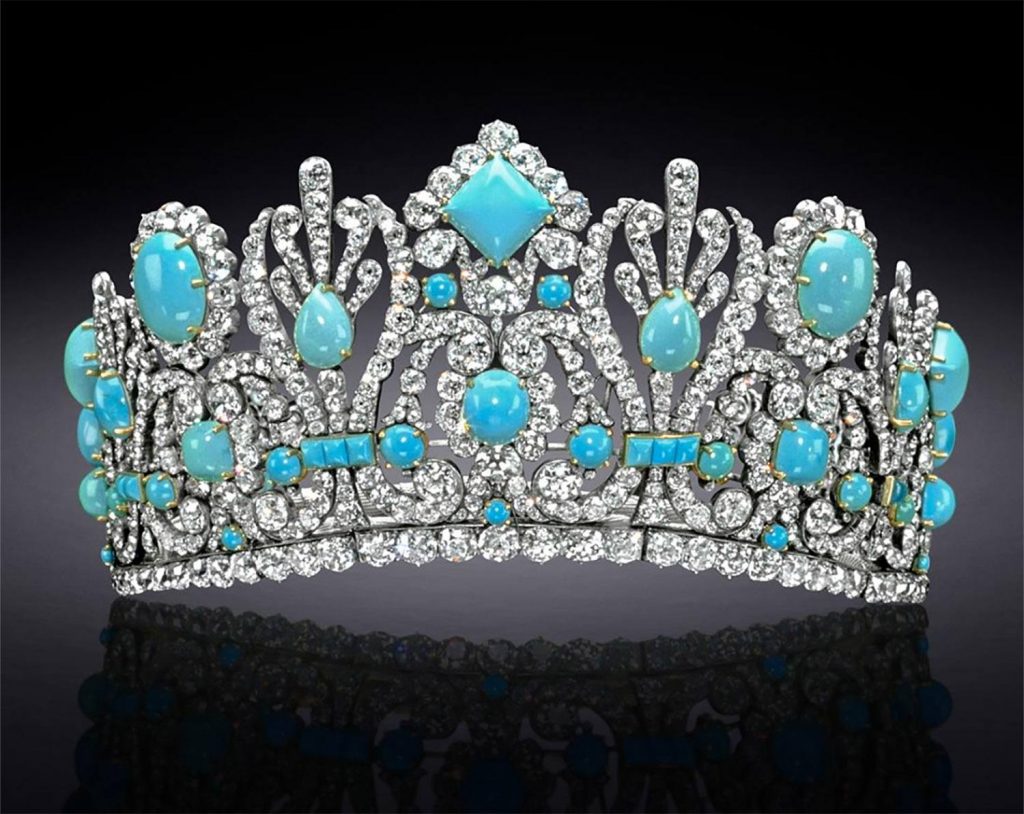
The Taylor-Burton Diamond
In 1966, Harry Winston purchased a rough diamond of 241 carats, which he had cut into a pear-shaped, nearly 70-carat, flawless rock. Eventually, this iconic gem was purchased by Richard Burton and designed into a neckpiece as a gift for his wife Elizabeth Taylor, earning the piece the glamorous title, the Taylor-Burton Diamond.
